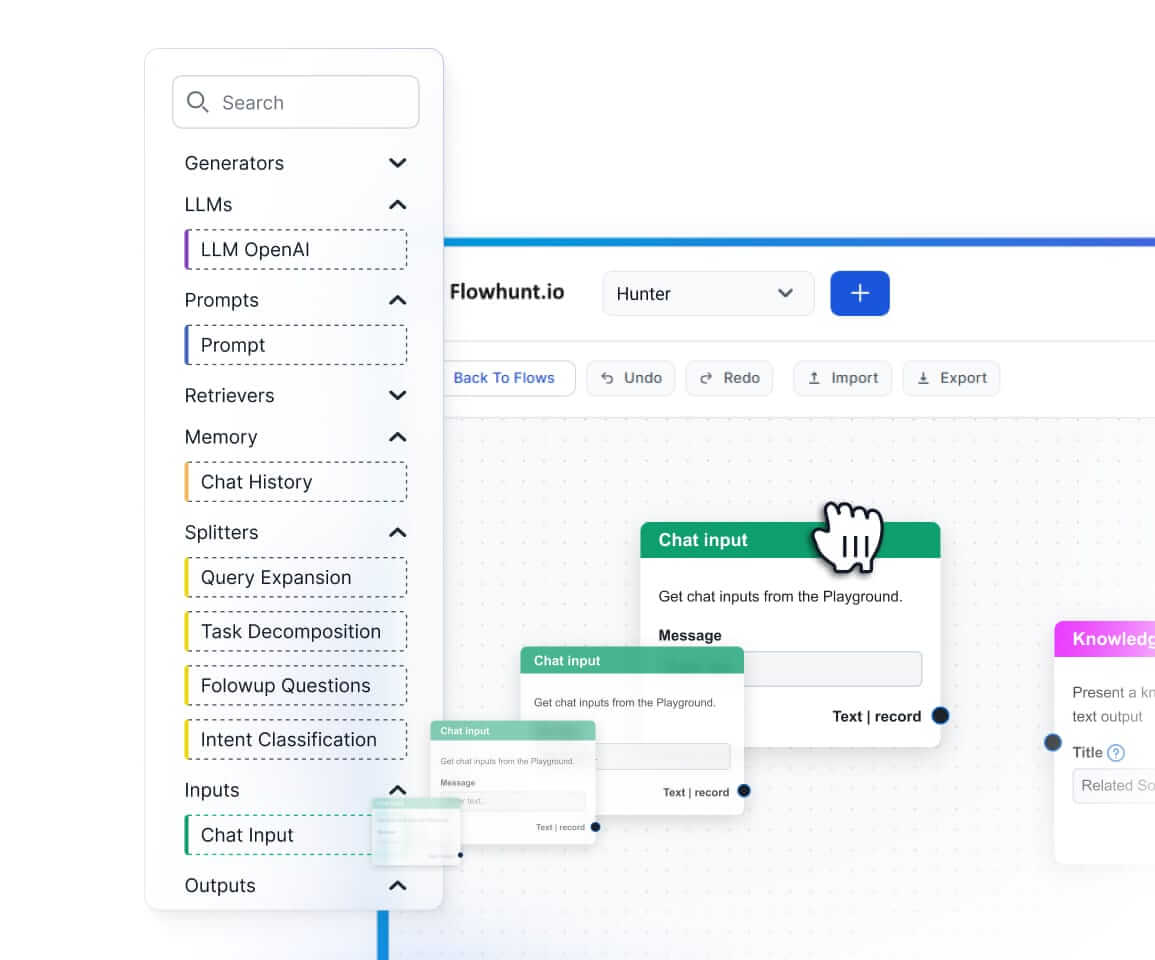
BLEU Score
The BLEU score, or Bilingual Evaluation Understudy, is a critical metric in evaluating the quality of text produced by machine translation systems. Developed by...

The ROUGE score is a set of metrics used to evaluate the quality of machine-generated summaries and translations by comparing them to human references. Widely used in NLP, ROUGE measures content overlap and recall, helping assess summarization and translation systems.
ROUGE is designed to measure the overlap between a candidate summary (the automatically produced summary) and a set of reference summaries (usually created by humans). It focuses on recall statistics, emphasizing how much of the important content from the reference summaries is captured in the candidate summary.
ROUGE is not a single metric but a collection of metrics, each designed to capture different aspects of the similarity between texts. The most commonly used ROUGE metrics are:
ROUGE-N evaluates the overlap of n-grams between the candidate and reference summaries. An n-gram is a contiguous sequence of ‘n’ words from a text. For example:
How ROUGE-N Works
The ROUGE-N score is calculated using the following formula:
ROUGE-N = (Sum of matched n-grams in Reference) / (Total n-grams in Reference)
Where:
Example Calculation
Consider:
Extract the unigrams (ROUGE-1):
Count the overlapping unigrams:
Compute Recall:
Recall = Number of overlapping unigrams / Total unigrams in reference = 6 / 6 = 1.0
Compute Precision:
Precision = Number of overlapping unigrams / Total unigrams in candidate = 6 / 7 ≈ 0.857
Compute F1 Score (ROUGE-1):
F1 Score = 2 × (Precision × Recall) / (Precision + Recall) ≈ 0.923
ROUGE-L uses the Longest Common Subsequence (LCS) between the candidate and reference summaries. Unlike n-grams, LCS does not require the matches to be contiguous but in sequence.
How ROUGE-L Works
The LCS is the longest sequence of words that appear in both the candidate and reference summaries in the same order, not necessarily consecutively.
Example Calculation
Using the same summaries:
Identify the LCS:
Compute ROUGE-L Recall:
Recall_LCS = LCS Length / Total words in reference = 6 / 6 = 1.0
Compute ROUGE-L Precision:
Precision_LCS = LCS Length / Total words in candidate = 6 / 7 ≈ 0.857
Compute F1 Score (ROUGE-L):
F1 Score_LCS = 2 × (Precision_LCS × Recall_LCS) / (Precision_LCS + Recall_LCS) ≈ 0.923
ROUGE-S, or ROUGE-Skip-Bigram, considers skip-bigram pairs in the candidate and reference summaries. A skip-bigram is any pair of words in their order of appearance, allowing for gaps.
How ROUGE-S Works
It measures the overlap of skip-bigram pairs between the candidate and reference summaries.
Compute the number of matching skip-bigrams and calculate precision, recall, and F1 score similarly to ROUGE-N.
ROUGE is primarily used to evaluate:
In text summarization, ROUGE measures how much of the reference summary’s content is present in the generated summary.
Use Case Example
Imagine developing an AI algorithm to summarize news articles. To evaluate its performance:
For machine translation, ROUGE can complement other metrics like BLEU by focusing on recall.
Use Case Example
Suppose an AI chatbot translates user messages from Spanish to English. To evaluate its translation quality:
In the realm of artificial intelligence, especially with the rise of large language models (LLMs) and conversational agents, evaluating generated text’s quality is essential. ROUGE scores play a significant role in:
Chatbots and virtual assistants often need to summarize information or rephrase user inputs.
Evaluating these functions with ROUGE ensures that the chatbot maintains the essential information.
AI systems that generate content, such as automated news writing or report generation, rely on ROUGE to assess how well the generated content aligns with expected summaries or key points.
When training language models for tasks like summarization or translation, ROUGE scores help in:
Precision measures the proportion of overlapping units (n-grams, words, sequences) between the candidate and reference summaries to the total units in the candidate summary.
Precision = Overlapping Units / Total Units in Candidate
Recall measures the proportion of overlapping units to the total units in the reference summary.
Recall = Overlapping Units / Total Units in Reference
F1 Score is the harmonic mean of precision and recall.
F1 Score = 2 × (Precision × Recall) / (Precision + Recall)
For a given n-gram length ‘n’, ROUGE-N is calculated by matching n-grams between the candidate and reference summaries.
Example with ROUGE-2 (Bigrams)
Using the earlier summaries:
Count overlapping bigrams:
Compute Recall:
Recall_ROUGE-2 = 4 / 5 = 0.8
Compute Precision:
Precision_ROUGE-2 = 4 / 6 ≈ 0.667
Compute F1 Score (ROUGE-2):
F1 Score_ROUGE-2 = 2 × (0.8 × 0.667) / (0.8 + 0.667) ≈ 0.727
When multiple human reference summaries are available, ROUGE scores can be computed against each one, and the highest score is selected. This accounts for the fact that there can be multiple valid summaries of the same content.
AI-powered summarization tools for documents, articles, or reports use ROUGE to evaluate and improve their performance.
ROUGE complements other evaluation metrics to provide a more comprehensive assessment of translation quality, especially focusing on content preservation.
In chatbot development, especially for AI assistants that provide summaries or paraphrase user input, ROUGE helps ensure the assistant retains the crucial information.
While ROUGE is widely used, it has limitations:
To mitigate these issues:
In AI automation and chatbot development, integrating ROUGE into the development cycle aids in:
The ROUGE score is a set of metrics used for evaluating automatic summarization and machine translation. It focuses on measuring the overlap between the predicted and reference summaries, primarily through n-gram co-occurrences. Kavita Ganesan’s paper, “ROUGE 2.0: Updated and Improved Measures for Evaluation of Summarization Tasks,” introduces several enhancements to the original ROUGE metrics. These improvements aim to address the limitations of traditional measures in capturing synonymous concepts and topic coverage, offering new measures like ROUGE-N+Synonyms and ROUGE-Topic. Read more .
In “Revisiting Summarization Evaluation for Scientific Articles,” Arman Cohan and Nazli Goharian examine ROUGE’s effectiveness, particularly in scientific article summarization. They argue that ROUGE’s reliance on lexical overlap can be insufficient for cases involving terminology variations and paraphrasing, proposing an alternative metric, SERA, which better correlates with manual evaluation scores. Read more .
Elaheh ShafieiBavani and colleagues propose a semantically motivated approach in “A Semantically Motivated Approach to Compute ROUGE Scores,” integrating a graph-based algorithm to capture semantic similarities alongside lexical ones. Their method shows improved correlation with human judgments in abstractive summarization, as demonstrated over TAC AESOP datasets. Read more .
Lastly, the paper “Point-less: More Abstractive Summarization with Pointer-Generator Networks” by Freek Boutkan et al., discusses advancements in abstractive summarization models. While not focused solely on ROUGE, it highlights the challenges in evaluation metrics for summaries that are not just extractive, hinting at the need for more nuanced evaluation techniques. Read more .
The ROUGE score (Recall-Oriented Understudy for Gisting Evaluation) is a set of metrics used to evaluate the quality of summaries and translations generated by machines by measuring their overlap with human-written references.
The main ROUGE metrics include ROUGE-N (n-gram overlap), ROUGE-L (Longest Common Subsequence), ROUGE-S (skip-bigram), and ROUGE-W (weighted LCS). Each metric captures different aspects of content similarity between texts.
ROUGE is widely used to evaluate automatic text summarization, machine translation, and the output of language models, helping developers assess how well machine-generated content matches reference texts.
ROUGE focuses on surface-level matching and may not capture semantic similarity, paraphrasing, or context. It can be biased toward longer summaries and should be complemented with other evaluation metrics and human judgment.
ROUGE-N is calculated by counting overlapping n-grams between the candidate and reference summaries, then computing recall, precision, and their harmonic mean (F1 score).
Discover how you can leverage FlowHunt's AI tools and chatbots to automate your workflows and enhance content generation.

The BLEU score, or Bilingual Evaluation Understudy, is a critical metric in evaluating the quality of text produced by machine translation systems. Developed by...

Discover how Retrieval-Augmented Generation (RAG) is transforming enterprise AI, from core principles to advanced Agentic architectures like FlowHunt. Learn how...

Retrieval Augmented Generation (RAG) is an advanced AI framework that combines traditional information retrieval systems with generative large language models (...